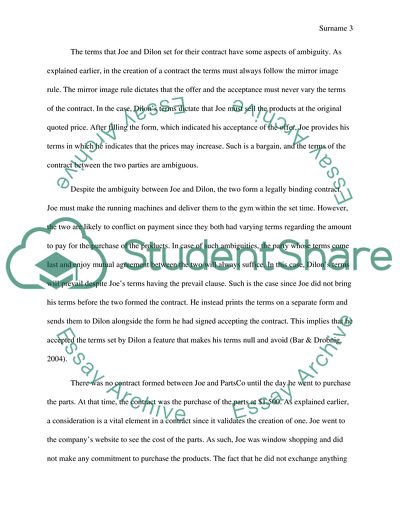Cite this document
(“Aspects of contract and negligence for business Assignment - 1”, n.d.)
Aspects of contract and negligence for business Assignment - 1. Retrieved from https://studentshare.org/law/1681978-aspects-of-contract-and-negligence-for-business
Aspects of contract and negligence for business Assignment - 1. Retrieved from https://studentshare.org/law/1681978-aspects-of-contract-and-negligence-for-business
(Aspects of Contract and Negligence for Business Assignment - 1)
Aspects of Contract and Negligence for Business Assignment - 1. https://studentshare.org/law/1681978-aspects-of-contract-and-negligence-for-business.
Aspects of Contract and Negligence for Business Assignment - 1. https://studentshare.org/law/1681978-aspects-of-contract-and-negligence-for-business.
“Aspects of Contract and Negligence for Business Assignment - 1”, n.d. https://studentshare.org/law/1681978-aspects-of-contract-and-negligence-for-business.


